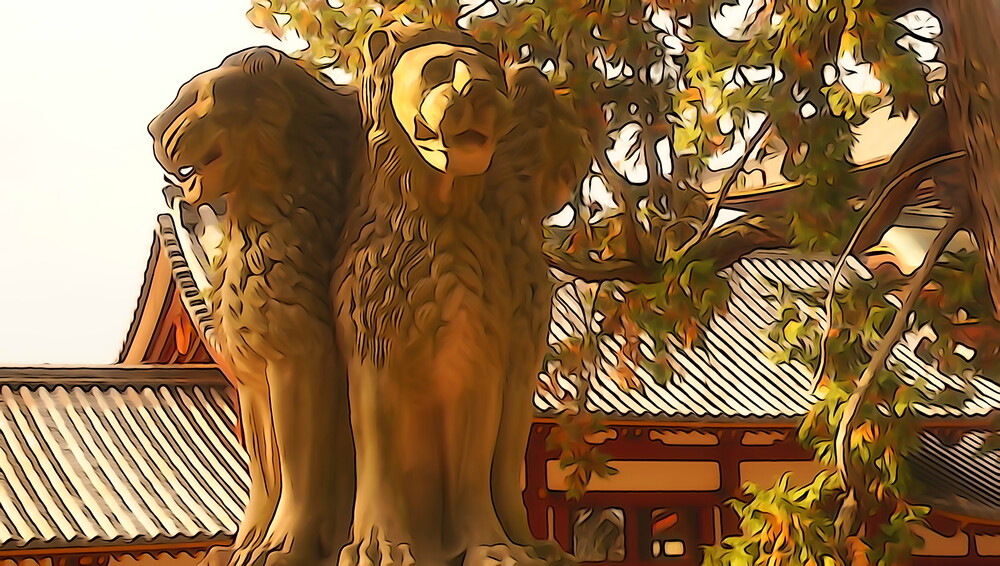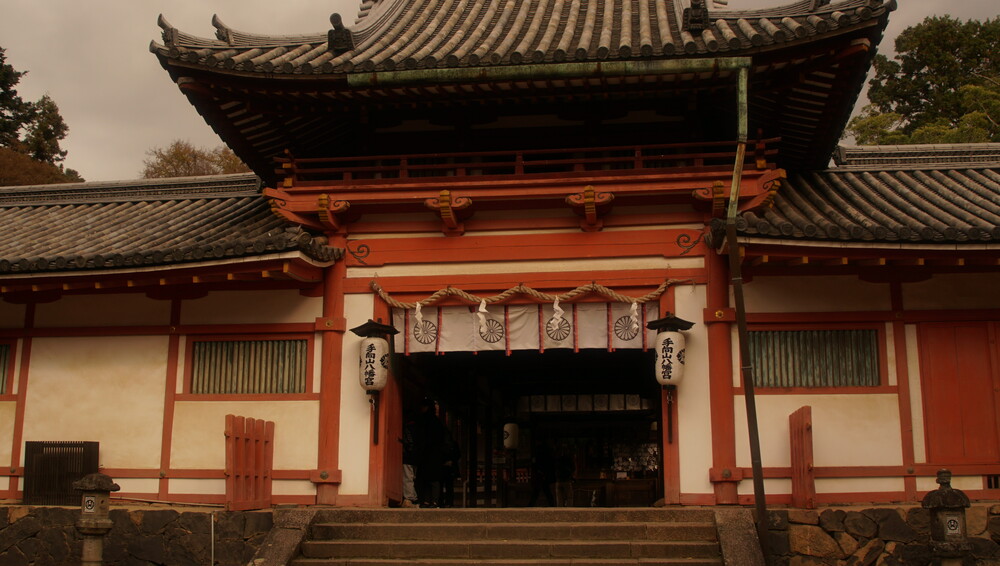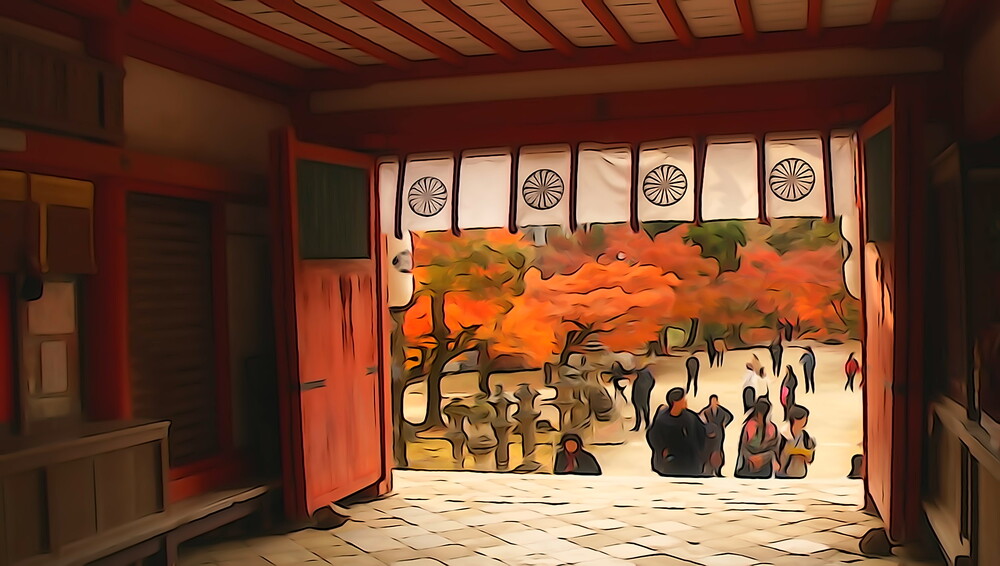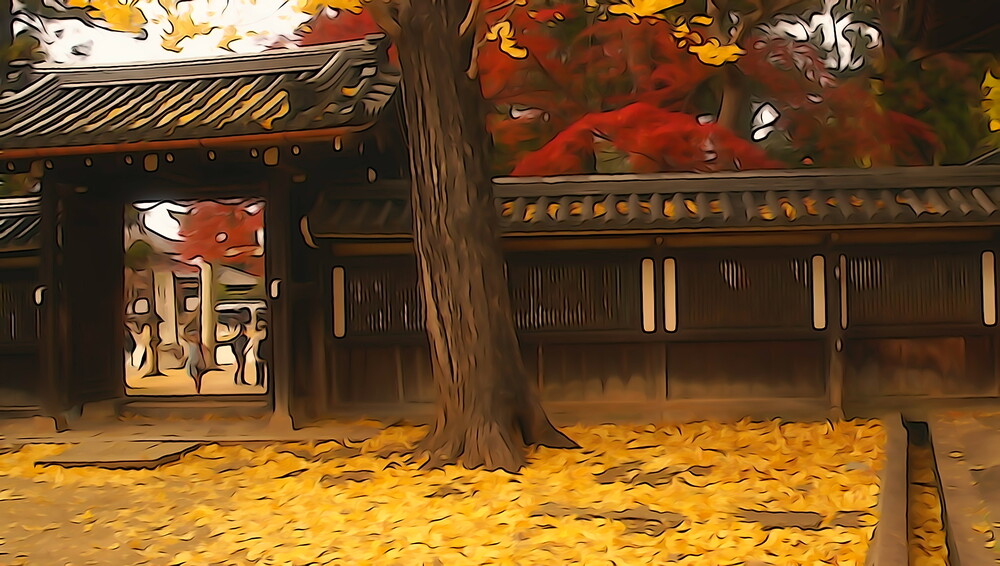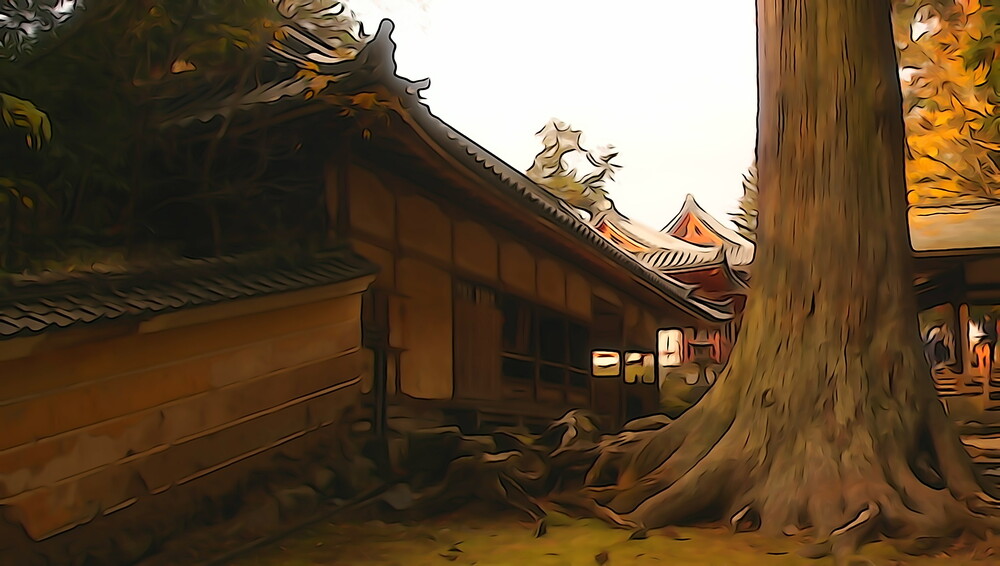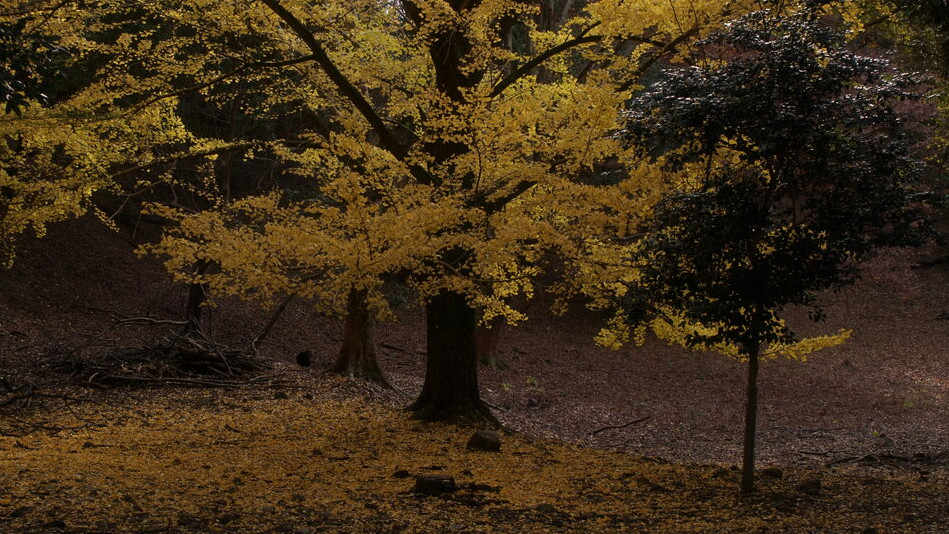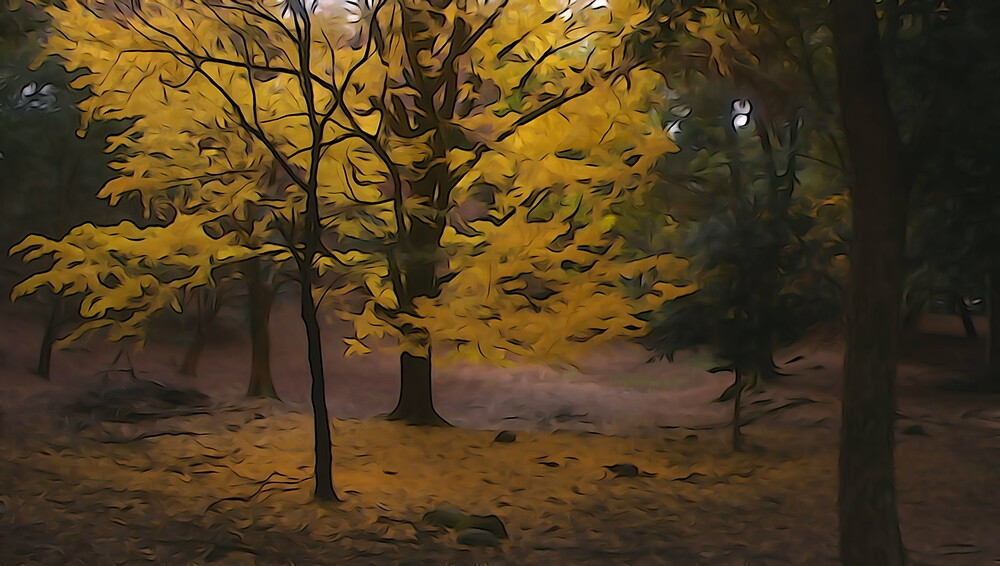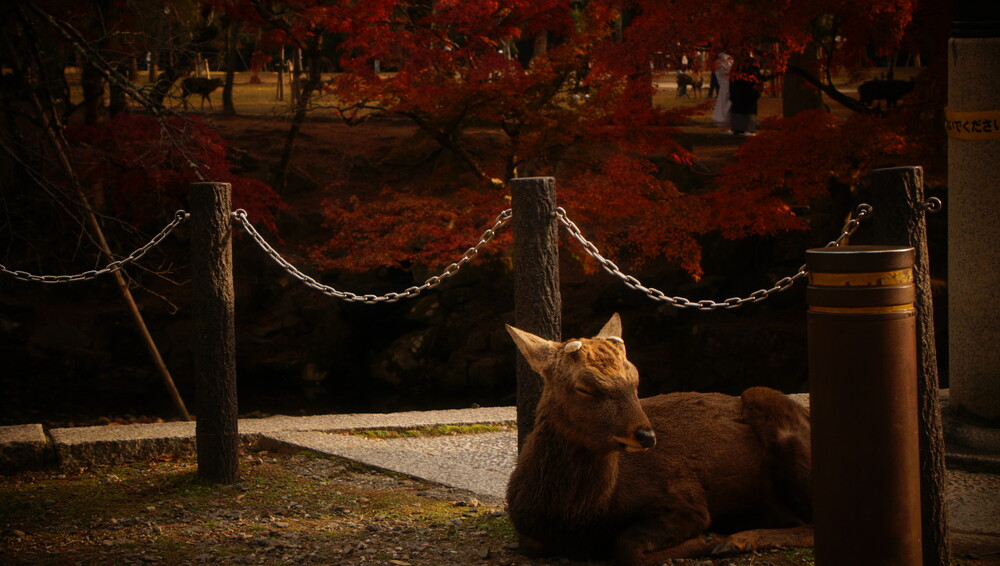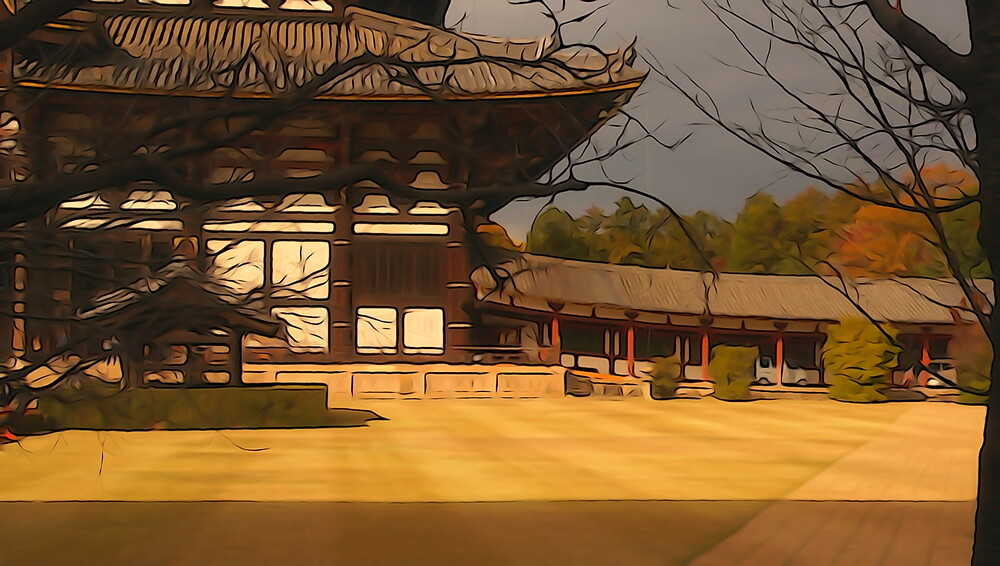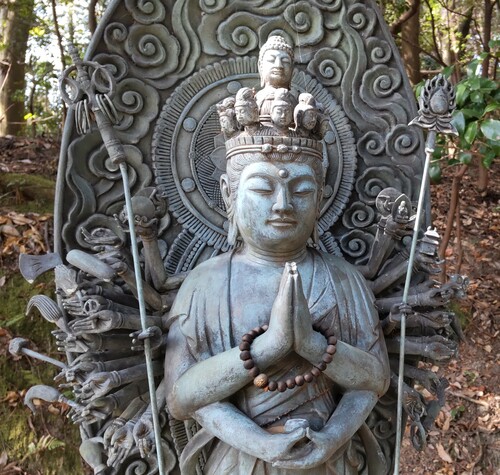A Trip to Nara in the Fall
A couple of weeks ago I finally found the time to visit Nara. Nara is a small city nestled in the hills east of Osaka that was the first capital of a politically unified Japan. It was established as the first permanent capital of Japan in 710 CE, a status it retained until that role was taken over by Kyoto at the end of the 8th century CE. It was modelled on the capital of Tang dynasty China Chang’an with its grid layout divided by four major roads and centered on the seat of imperial power. In part because of its role as capital city of Japan it became a center of Buddhism as well. Buddhism first officially came to Japan in the mid fifth century CE though it had likey already been brought by visitors from the Korean peninsula travelling to southern Japan across the Japan Sea. It was attractive to the ruling class for what was believed to be the power of its magical rituals to influence the course of events on earth. This is perhaps somewhat surprising, that a religion known largely in the west for its advocacy of simplicity, renunciation of desire and focus on the present moment would become established because of its perceived ability to help consolidate and stabilize worldly power. Although it became officially established by the rulers of Japan for their own purposes it has always also been popular among ordinary people, who have found solace in its rituals and teachings, as well as the impressive power of the grand temples of established Buddhism. People continue to flock to Nara, from all over Japan, and the rest of the world as well, to see first hand the beautiful temples and gardens of this historic city.
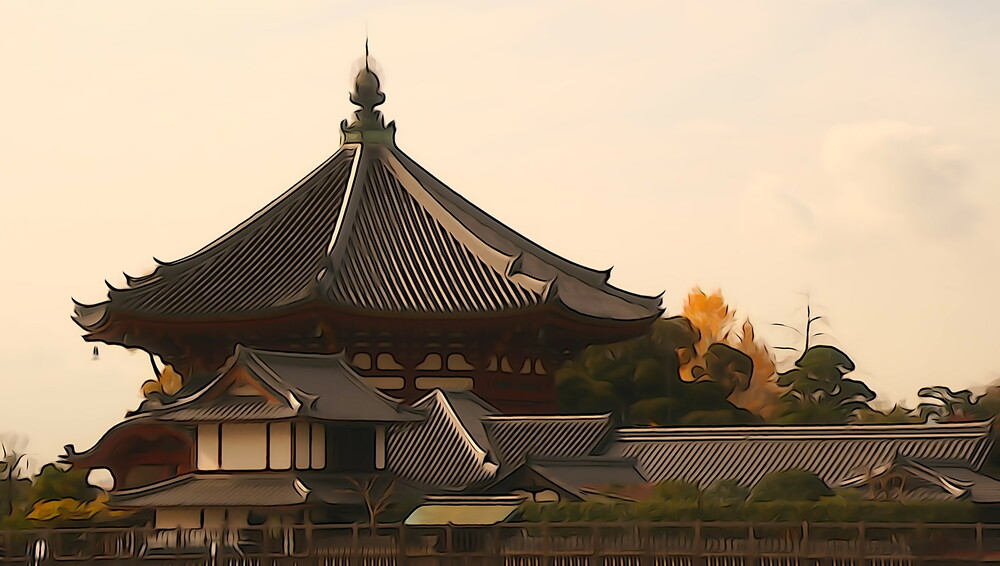
After a short walk from the train station I arrived at Kofukuji, headquarters of the Hosso sect of Buddhism. Hosso is not a very large sect at present, but it was one of the major early sects of Japanese Buddhism. Hosso is the Japanese version of the Yogachara school of Indian Buddhism, sometimes called the “mind only” or “consciousness only” school because of its philosophical emphasis on the role of mind in categorizing, structuring and apprehending what we take to be reality. This emphasis is sometimes taken to the extreme of a kind of philosophical idealism that denies the mind-independent existence of anything at all. This may seem somewhat paradoxical to the extent that the Hosso school became established in Nara at the seat of imperial power and built a number of large and magnificent temples, as material embodiments of Buddhist teachings.
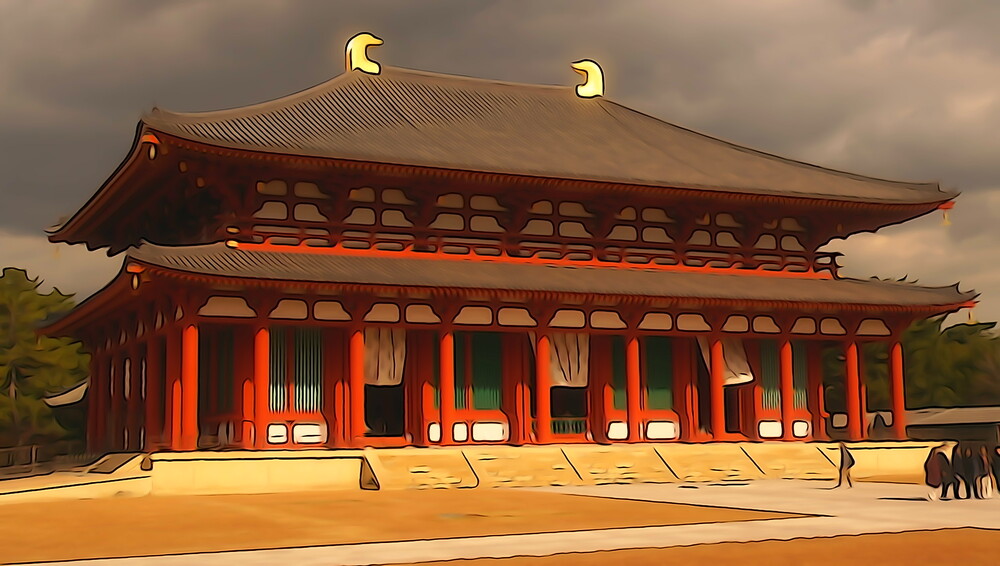
Many of these temples were destroyed and rebuilt many times, in natural disasters and in wars in the centuries since their founding. Evidence of this transience can be seen in the stone foundation pads, which are all that remain of some of the original structures that once stood here. What is astounding to me is that so many ancient temples and shrines in Japan, made as they are largely out of wood, are rebuilt again and again in identical ways, whether they are destroyed in natural disasters, wars or just slowly succumb to the relentless forces of slow decay and decomposition.
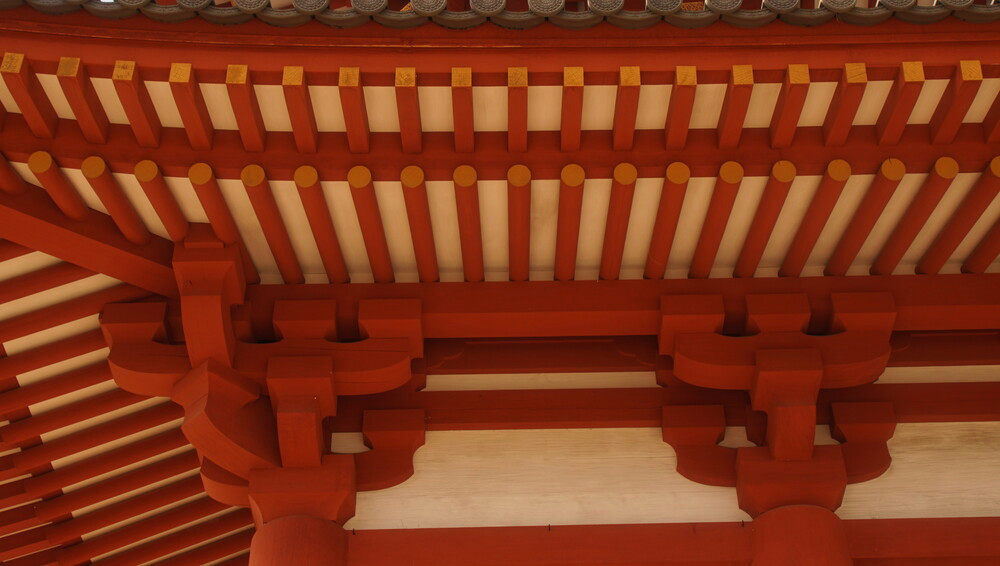
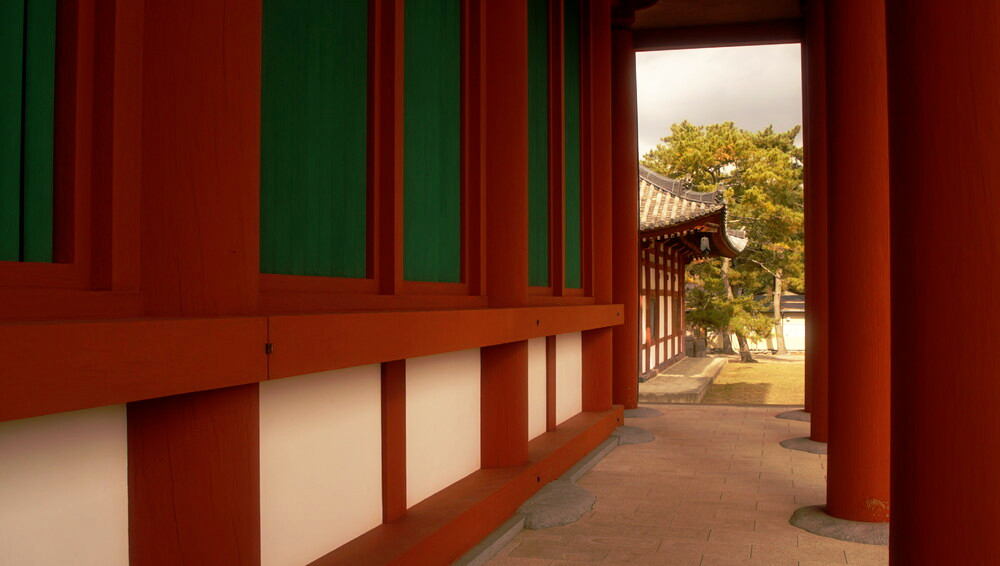
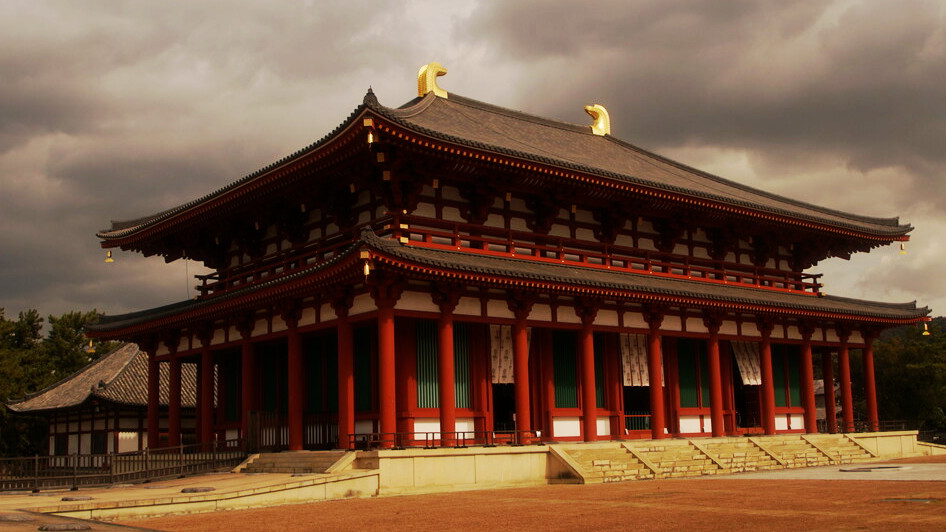
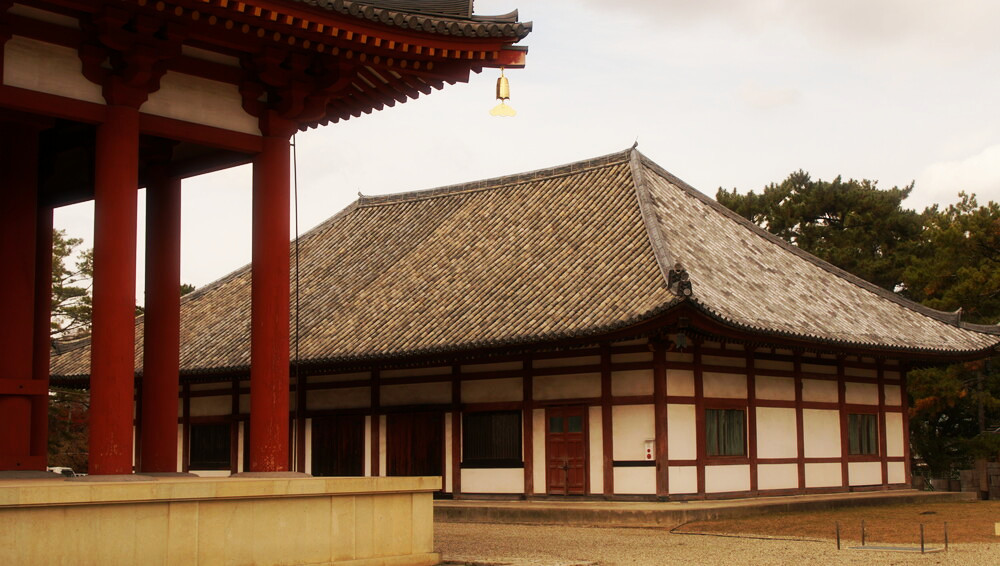
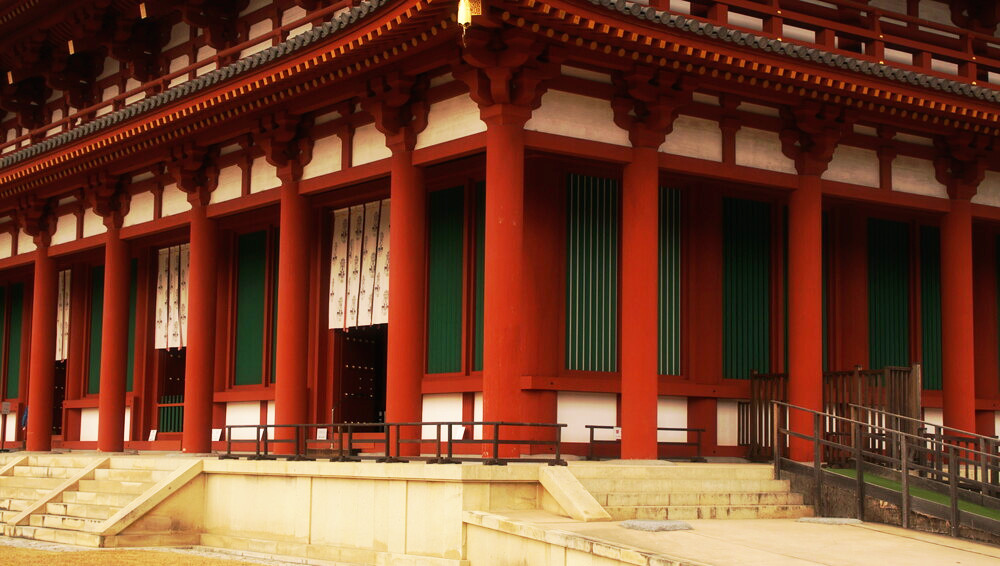
After leaving the grounds of Kofukuji, I found myself in Nara Park, home to the many famous deer of Nara. What surprised me here was that the deer were not enclosed in a fenced in park as I had expected they would be, but that they were free to wander as they saw fit, even across the very busy streets bordering the park. Few seemed interested in doing that in midday when I was there, but I imagine that at night when the city goes to sleep they wander the streets more freely. They were also quite tame, being willing to get a scratch on the head, and also not being overly aggressive when it came to being fed.
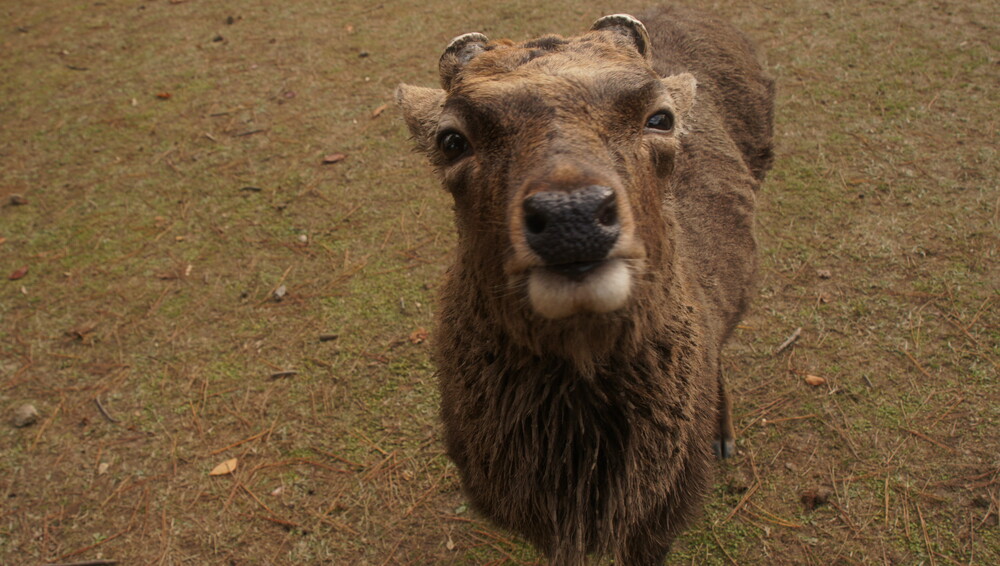
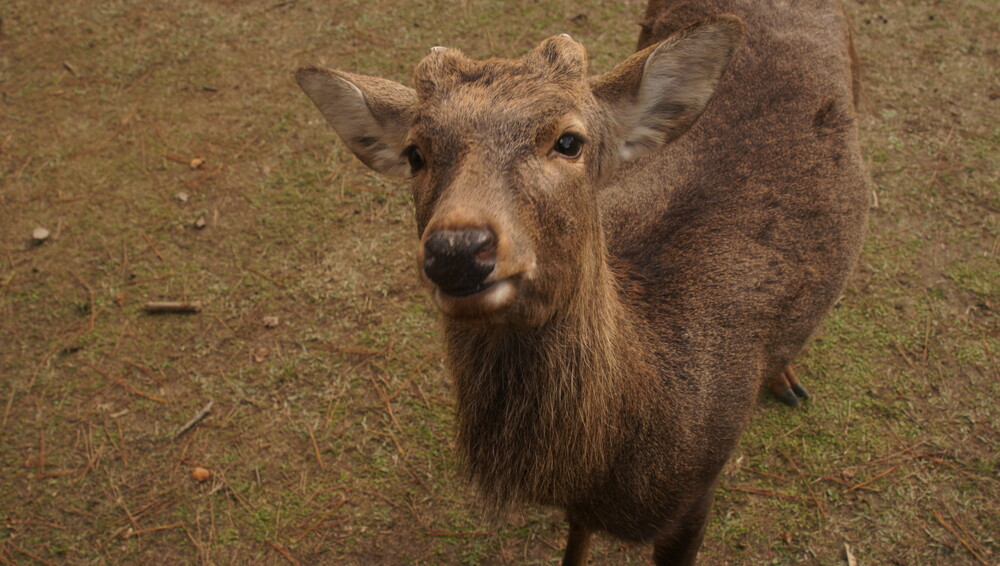
On the corners of the park there were a few people selling special crackers that were the only thing we were supposed to feed them, and since there were quite a few people around taking pictures of the deer and feeding them, they didn’t seem overly hungry. I have read somewhere recently that their health is not the best, as a result of eating too much processed food, and not enough fresh grass, and they did seem slightly ratty-looking to me, but then again I have never been so close to wild deer to compare. In any case it was a nice break to hang out with the deer, and for the rest of the day, as I walked around some of the other historic sites of Nara, at least a few deer were always hanging around, like the other tourists visiting old temples and shrines.
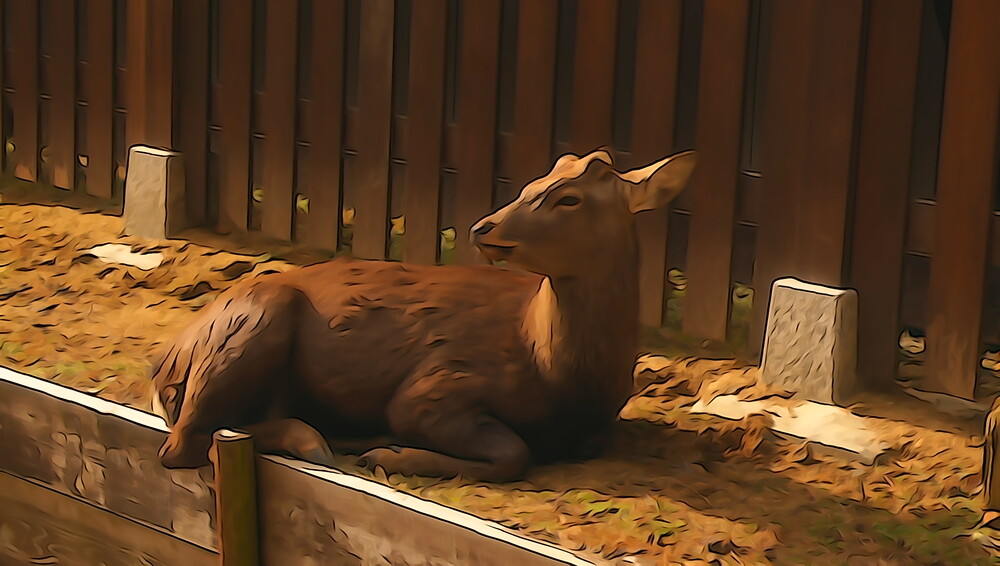
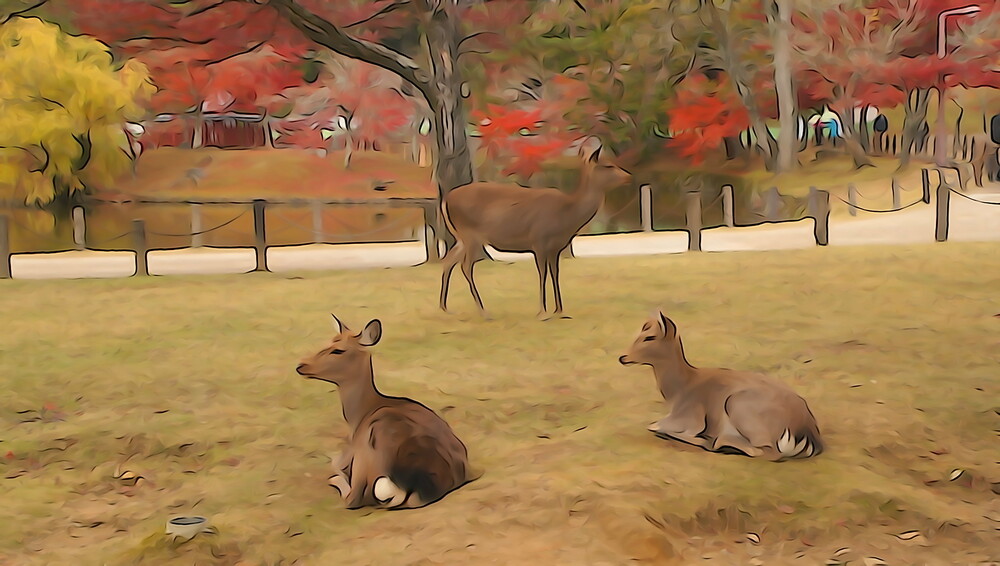
There were no deer in my next stop, however, the Yoshikien gardens bordering Nara Park, since it was walled in, most likely to prevent the deer from nibbling on all of the garden plants. Inside the garden there are a few tea houses and wild gardens were really beautiful on a partly cloudy fall day.
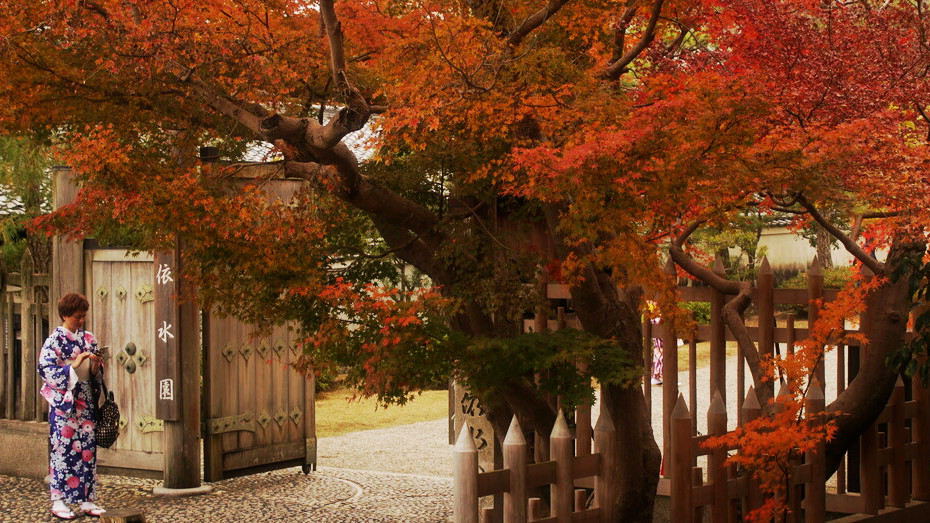
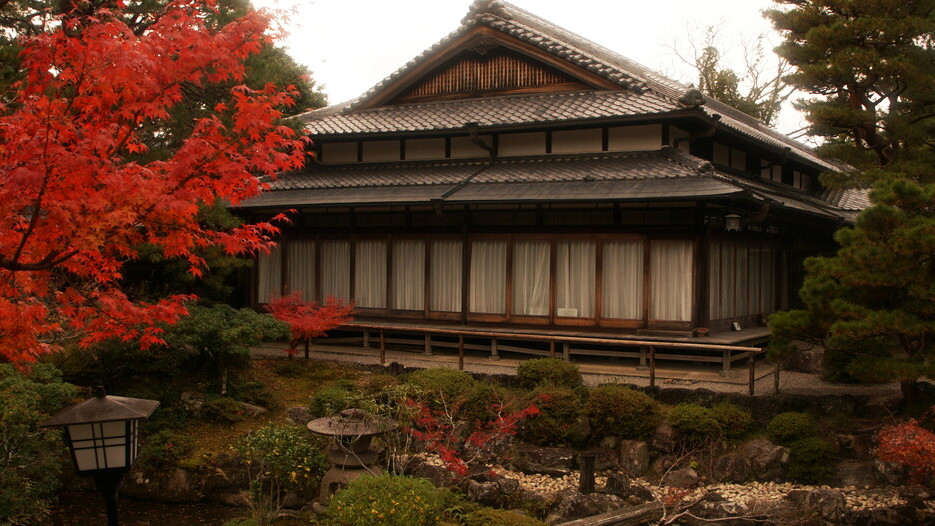
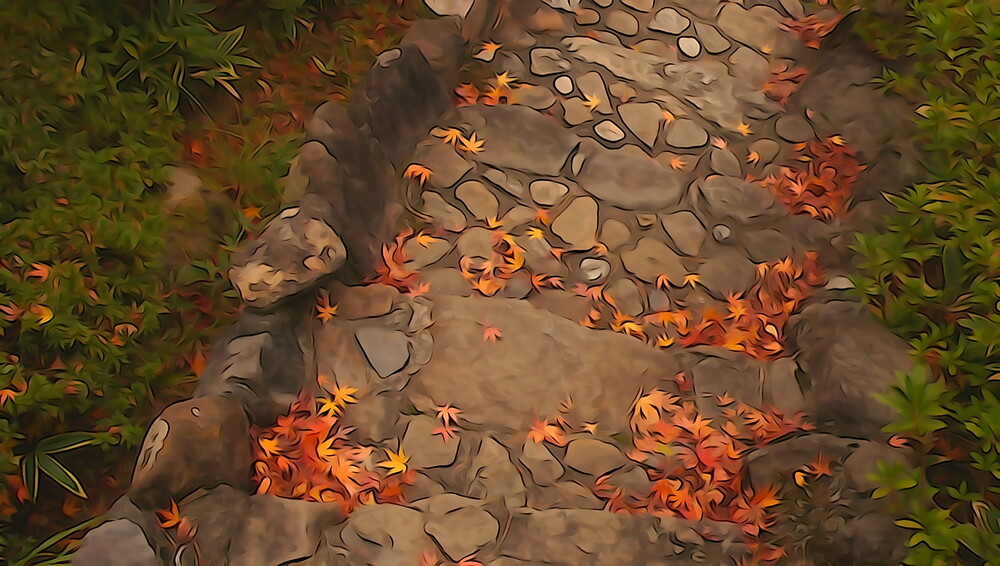
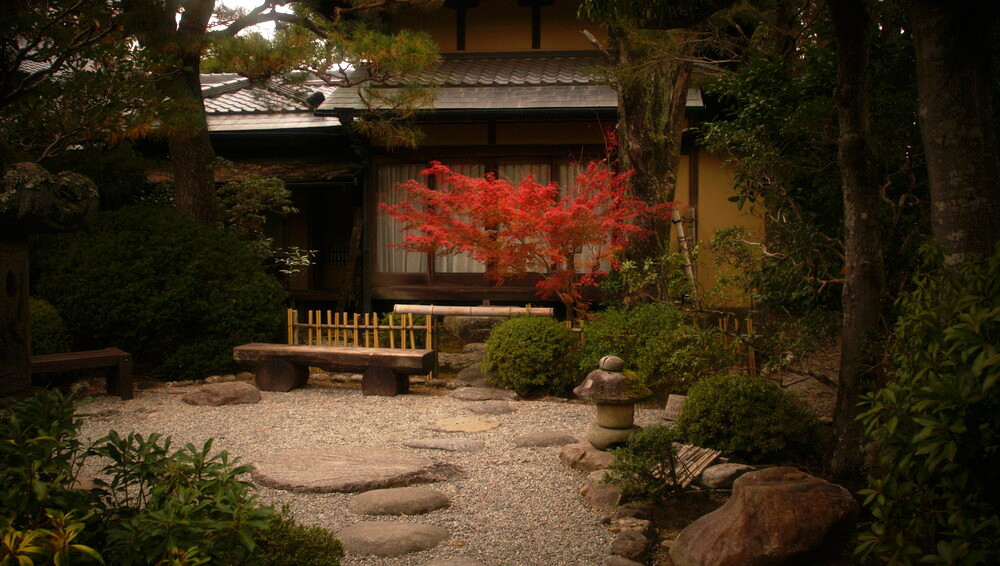
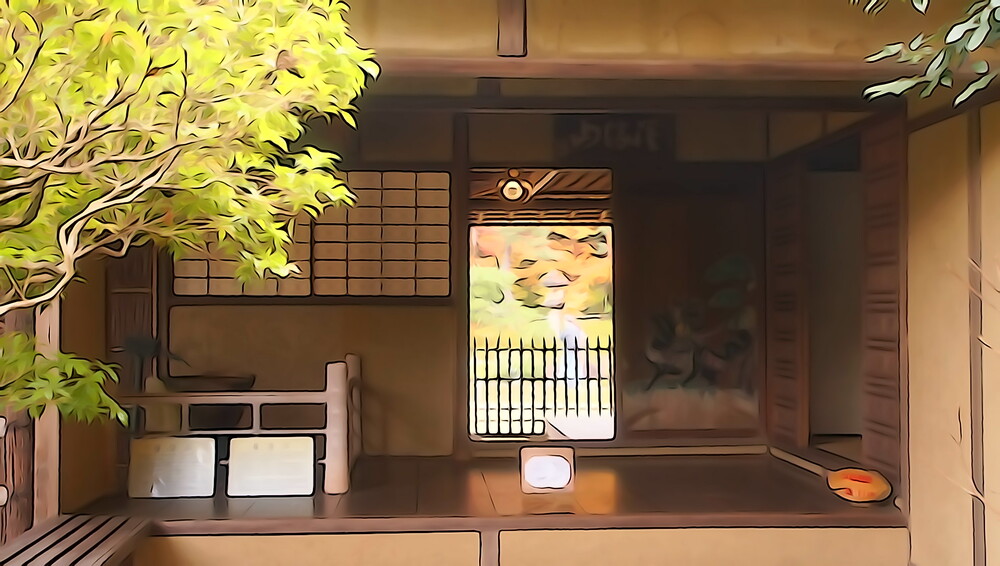
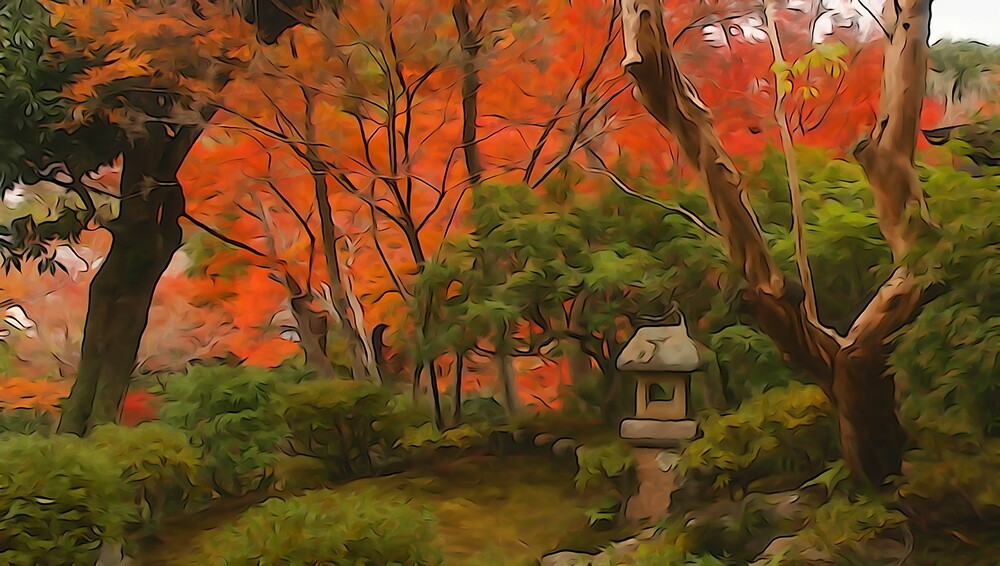
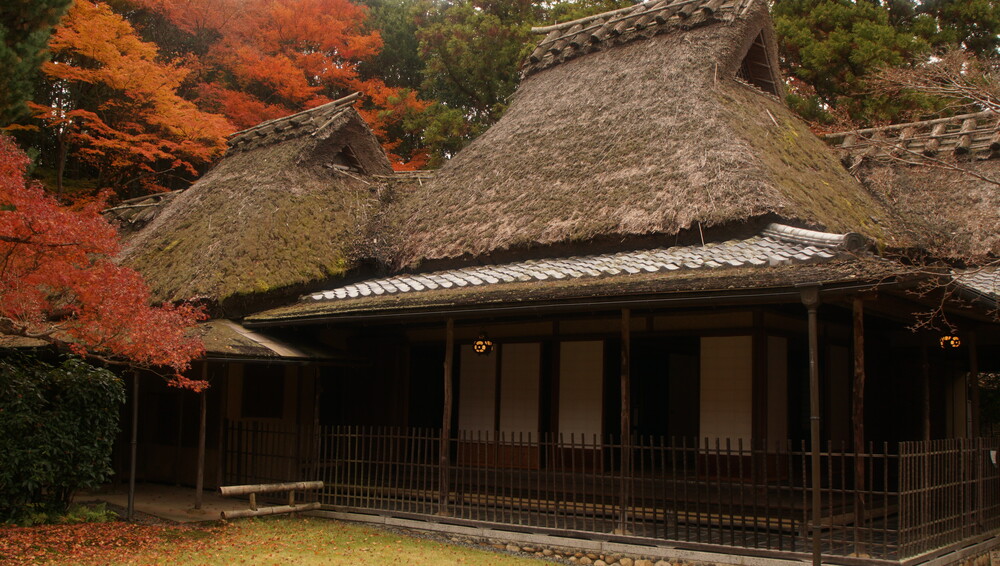
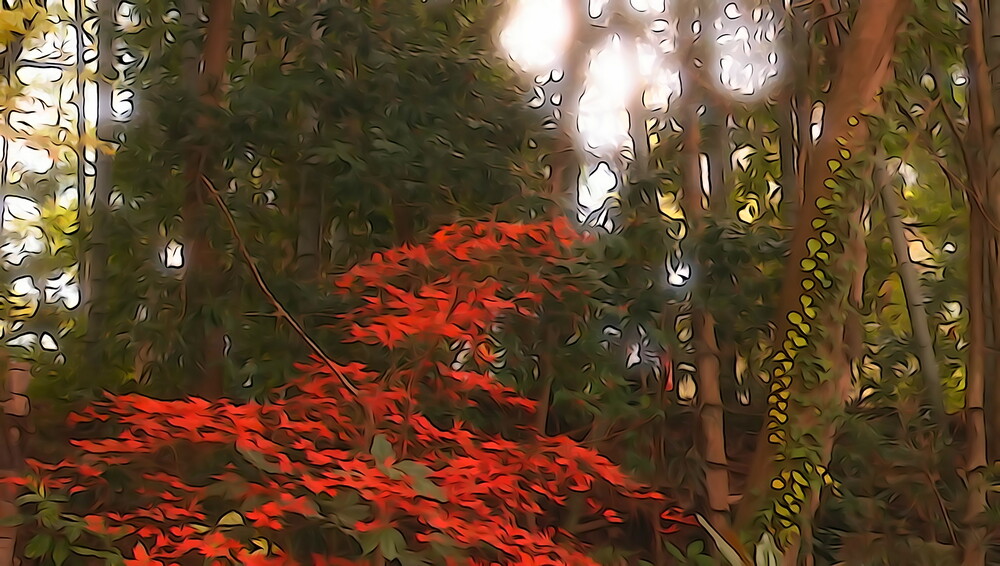
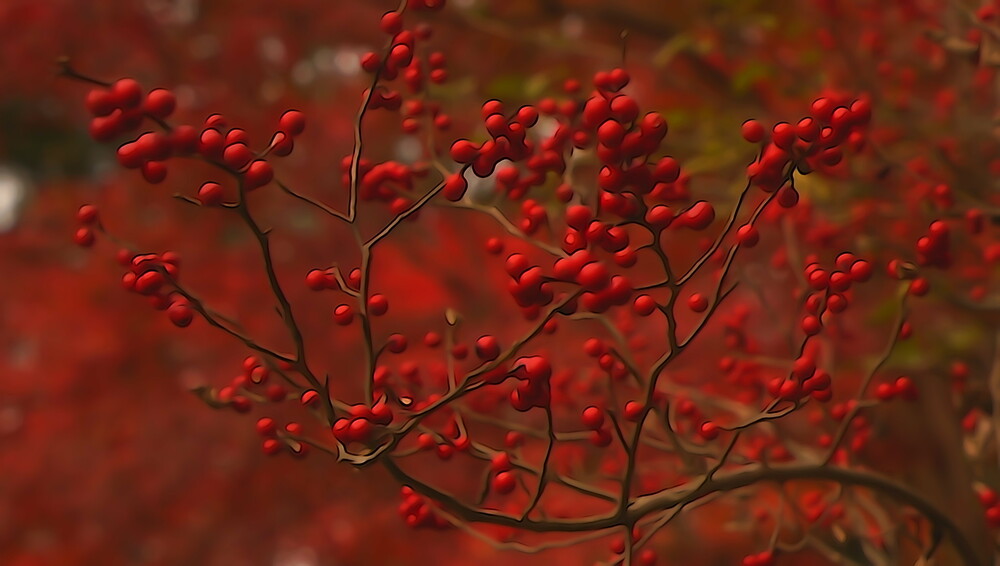
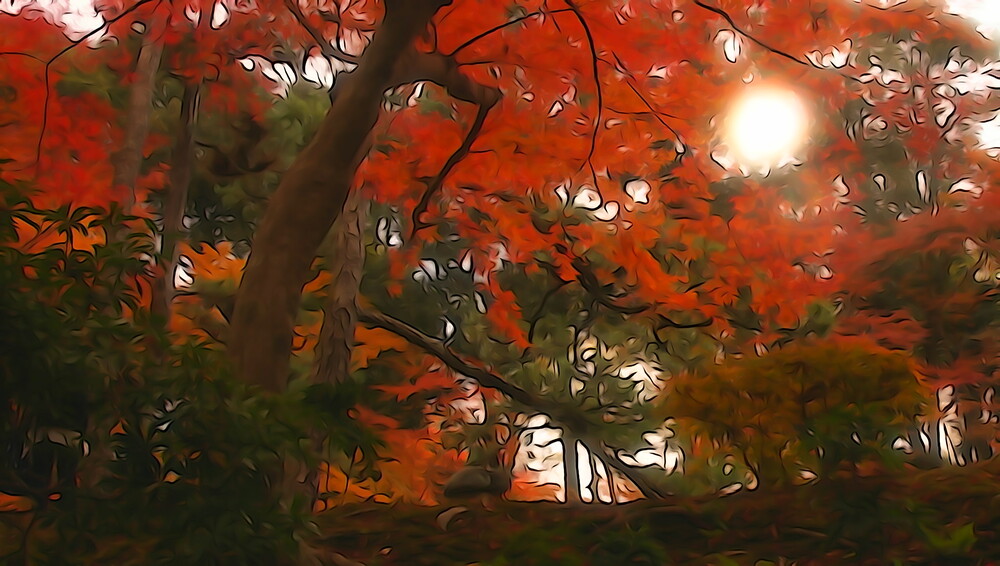
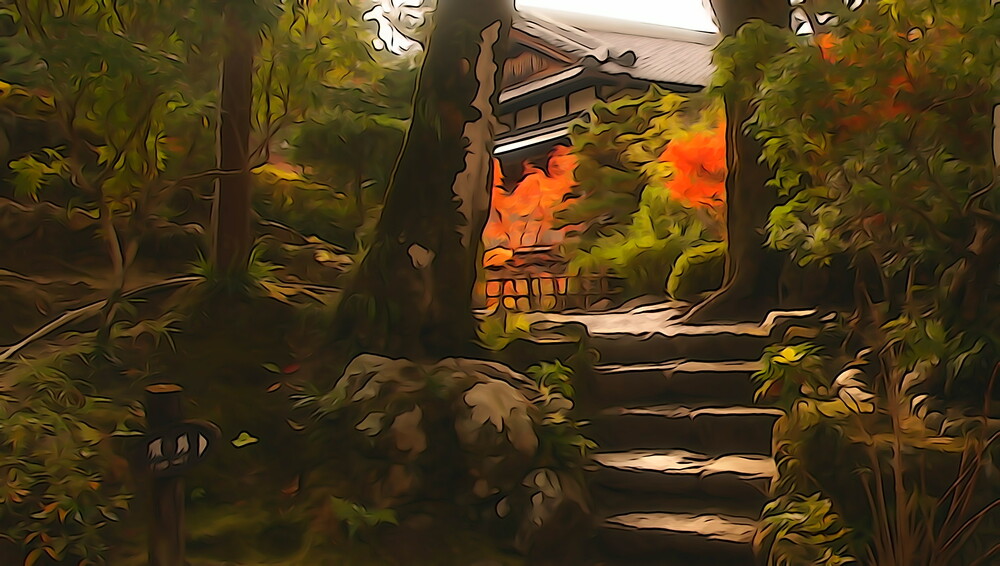
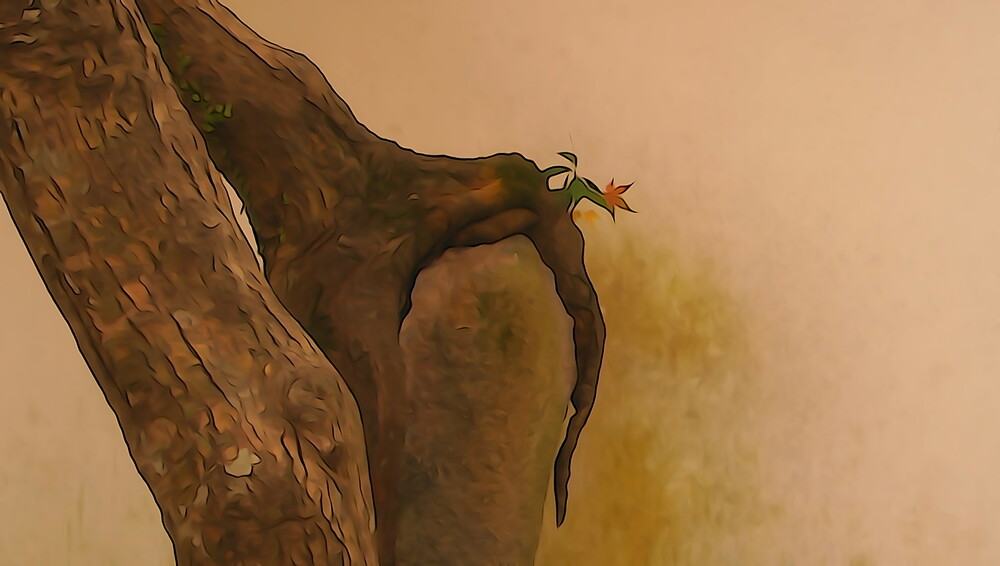
After leaving the garden I visited Todaiji, home of one of the largest wooden structures in the world, the Great Buddha Hall, which itself houses one of the largest bronze statues of the Buddha in the world — the Daibutsu (Great Buddha) of Todaiji. This temple was founded in the mid 700’s and remains the headquarters of the Kegon sect of Buddhism. Today the Kegon school is not particularly widespread, but historically it was quite influential, especially in the development of zen. One fascinating part of Kegon cosmology is the notion that all things, even the smallest particle of dust, are interconnected with and reflect everything else. This notion is central to the views and practices of the well-known contemporary Vietnamese Buddhist monk, the late Thich Nhat Han, who spoke often not only of the inter-relation of all things, but also of their inter-being.
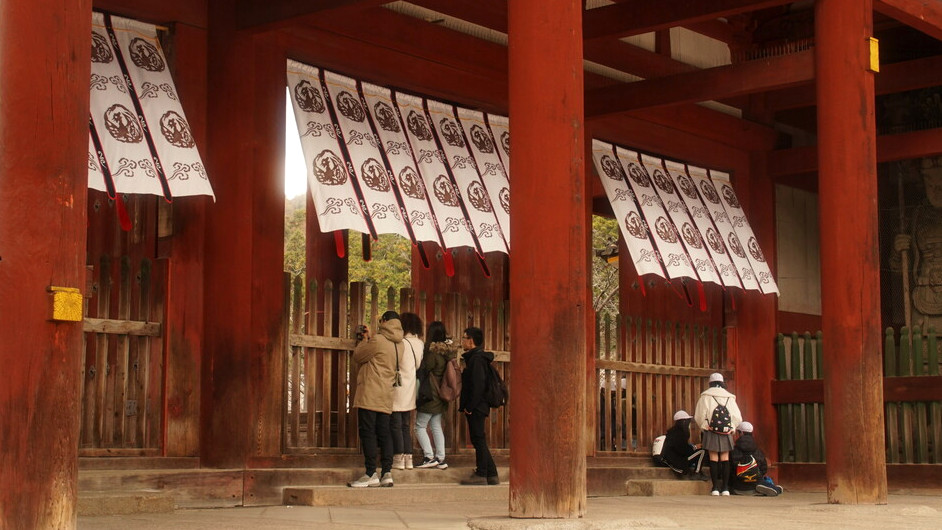
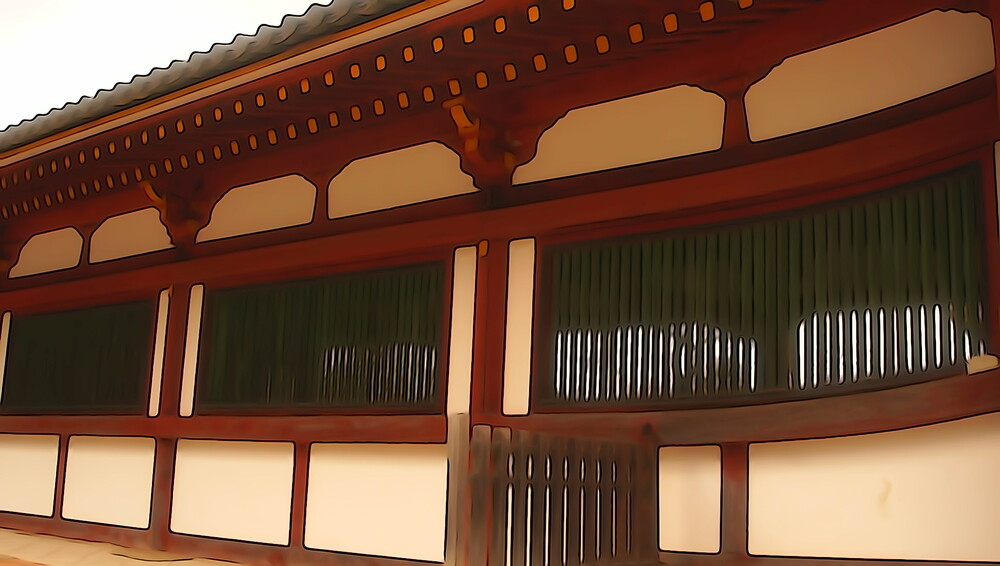
The Great Buddha of Todaiji attracts many visitors, from all over Japan, as well as the rest of the world. Many school groups were there when I was. At the schools where I work in Ako, every year the sixth graders in elementary school take a trip to Kyoto and Nara to visit some of the most famous temples, shrines and other historically important sites. They always come here as well.
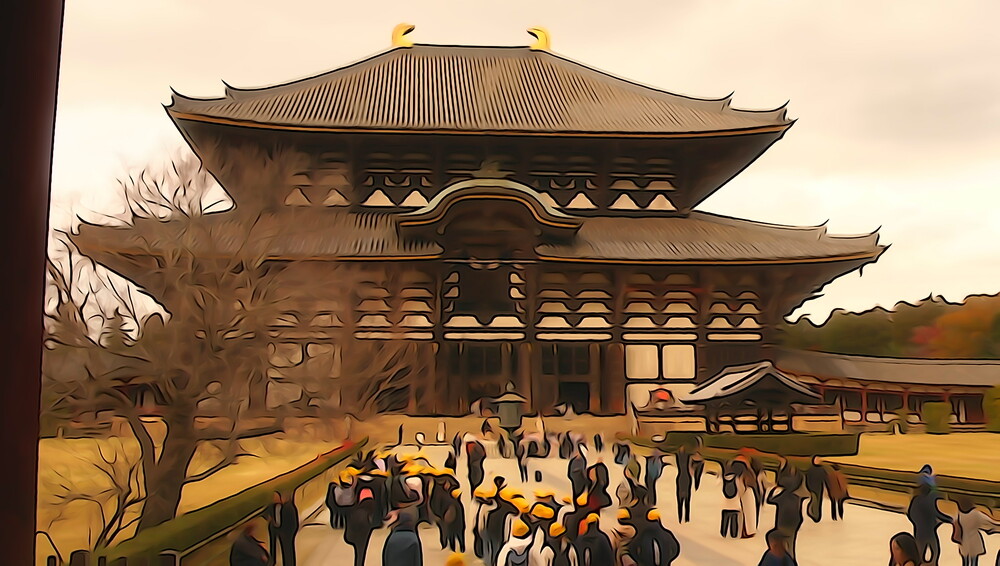
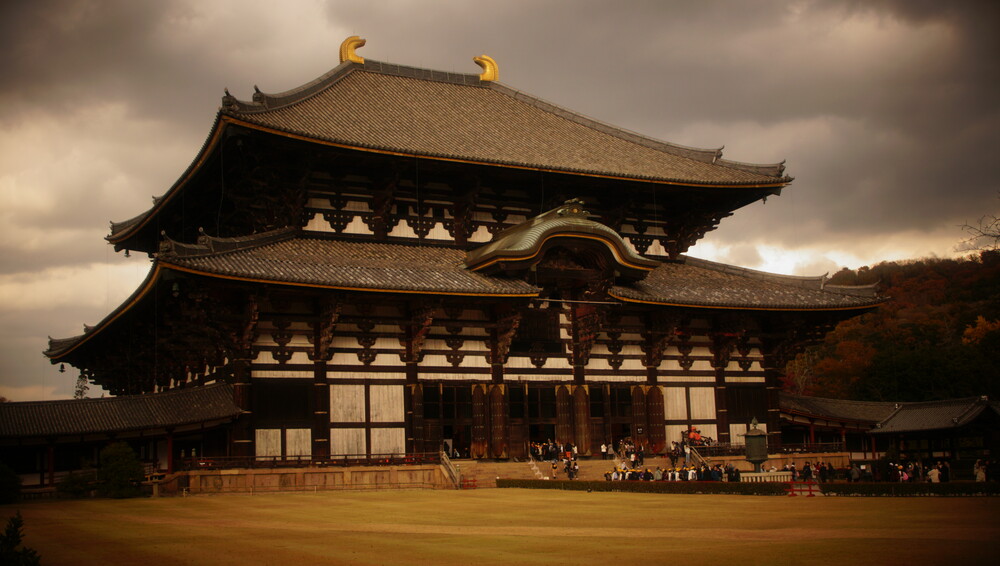
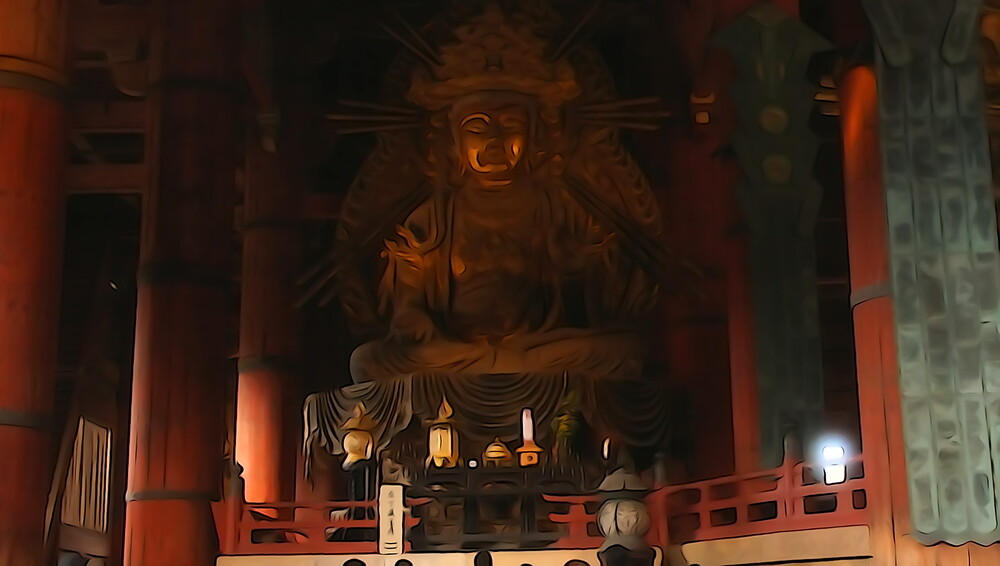
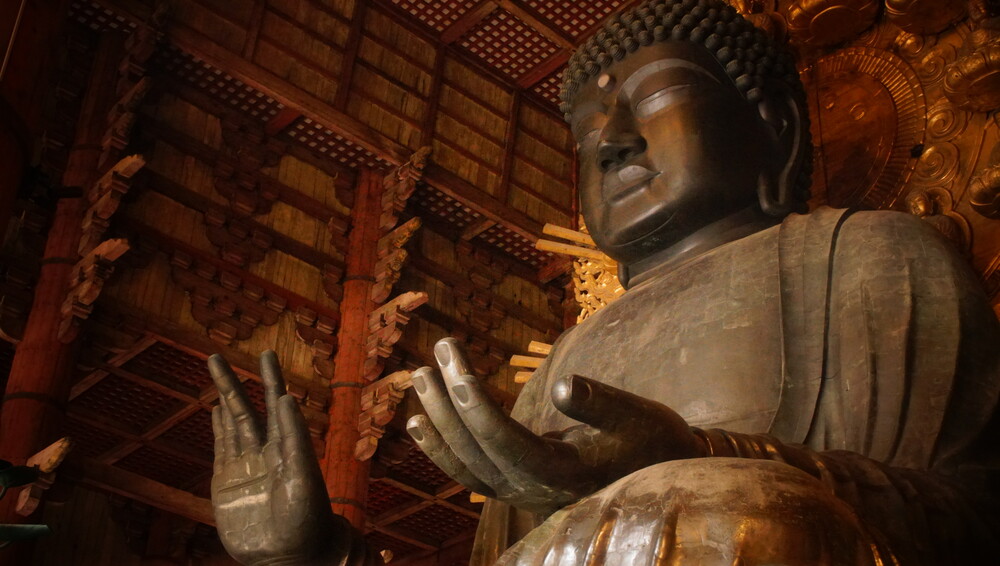
One popular thing for school groups to do in the great Buddha hall is to wriggle through a hole in the base of one of the large pillars supporting the roof. This hole is supposed to be the same size as one of the Buddha statue’s nostrils, and wriggling through it is said to bring health and happiness to the one who does so. Since there was a long line of kids waiting to try, and since I would likely get stuck trying to get through, I opted out, and just admired the Buddha’s nostrils from below.
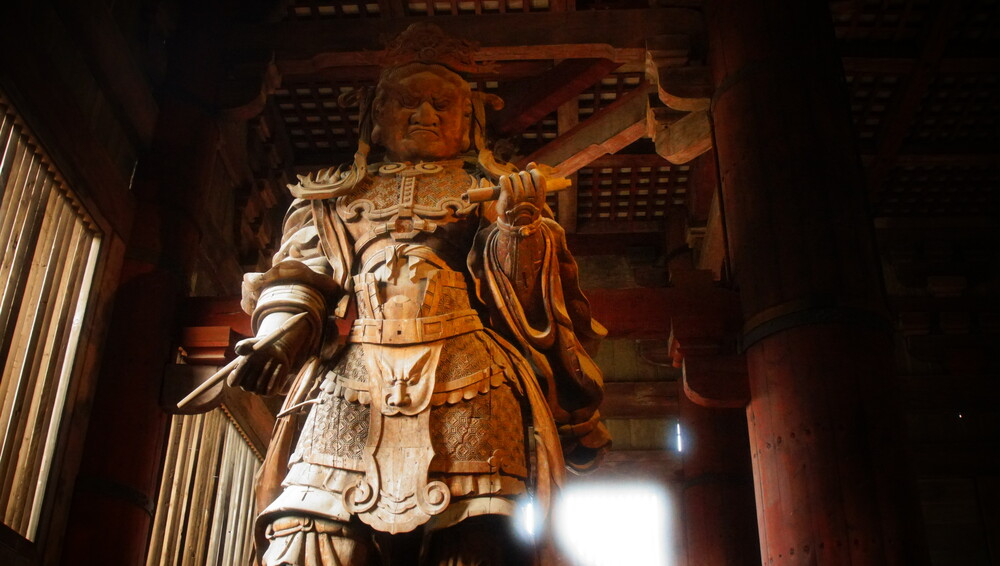
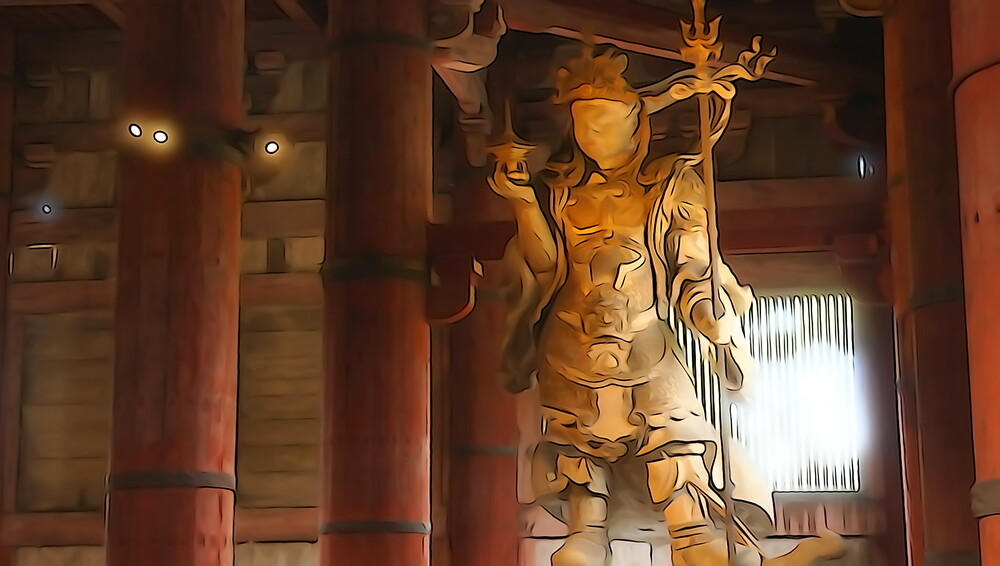
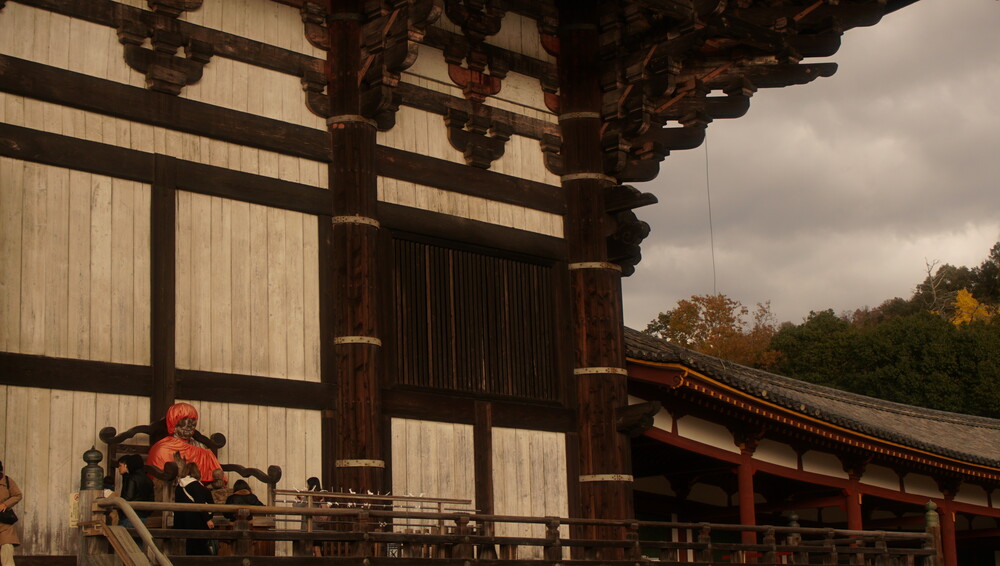
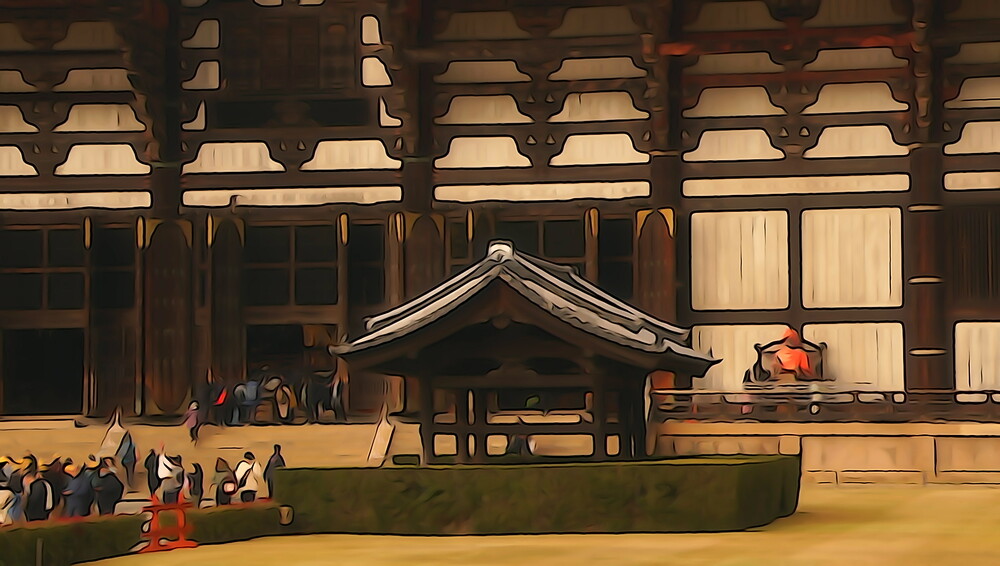
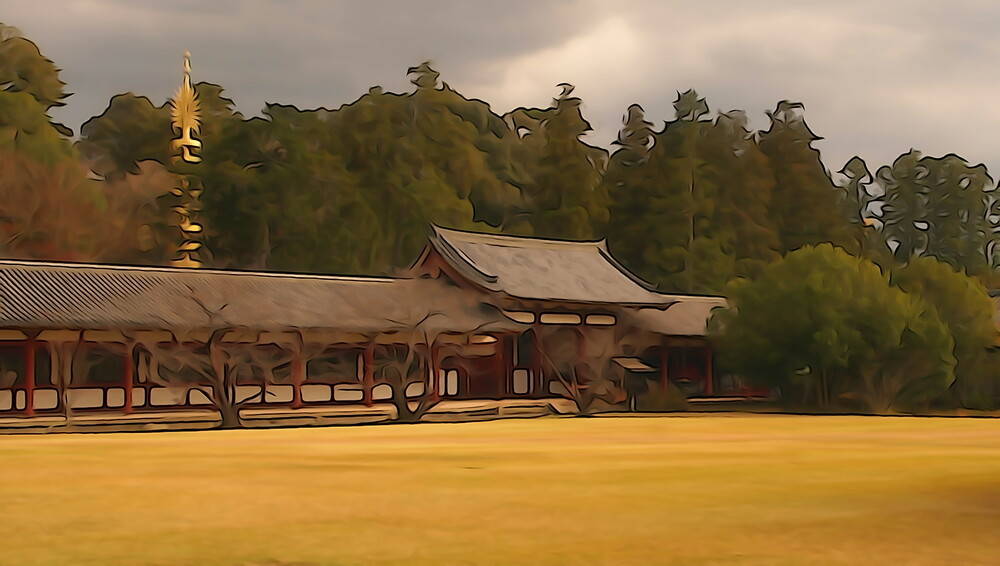
After leaving Todaiji, I wandered up hill to visit Tamukayama Hachimangu Shrine, a small shinto shrine on a quiet hillside above Nara. There were certainly visitors there, but, as with many places in Japan, since it is a little off the beaten track of the major sites, it was fairly quiet there. It was still quite beautiful with some giant trees showing off their fall colors among the many small shrines and buildings on the hillside.
